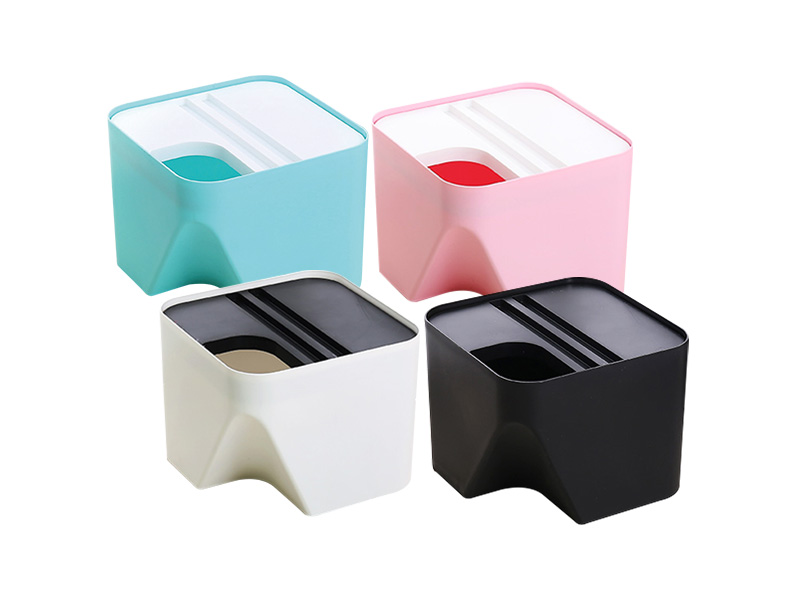What are the common household storage boxes in our live […]
What are the common household storage boxes in our lives?
1. The pasted carton is made by bonding and laminating the base material cardboard with a veneer material. After forming, it cannot be folded into a flat shape, but can only be transported and stored in a fixed box type, so it is also called a fixed carton. The base material mainly chooses non-folding paperboard with high stiffness, such as various straw paperboards, rigid paperboards, and double-sided different-color paperboards for food. The usual thickness range is 1-1.3mm. The inner lining is made of white paper or white fine corrugated paper, plastic, sponge, etc.
2. Folding carton is a kind of packaging container for sale with a wide range of use and many changes in structure and shape. It is made of folding-resistant cardboard or B, E, F, G and other fine corrugated cardboard with a thickness of 0.3-1.1 mm. It can be folded and stacked in a flat shape for transportation and storage before filling the contents. When folding-resistant cardboard is selected, it is difficult for folding cartons made of cardboard less than 0.3mm to meet the rigidity requirements, while cardboard greater than 1.1mm is difficult to obtain satisfactory indentation on general folding carton processing equipment.
How to select materials?
1. Material: It is made of self-made materials with excellent printing results and properly packaged products. Yellow board paper, kraft paper, cardboard, white paper, etc. are used as printing materials. If the requirements are high, copperplate lines can be mounted on these materials. For high-quality paper, printing inks should be light-resistant, abrasion-resistant, oil-resistant, drug-resistant, and non-toxic based on the packaged items.
2. Plate making and printing: receiving letterpress, lithographic, photogravure, and flexographic printing.
3. Surface processing: According to the necessity, the process of coating polyethylene, pasting surface film, waxing, pressing foil and embossing can be carried out, but not all products require surface processing.
4. Die-cutting and indentation: The better way to make a die-cutting plate is to use plywood to make die-cutting plates. First transfer the pattern of the level box to the plywood, use a wire saw to sew along the tangent and fold lines, and then embed the die cutting and crease lines into the plywood to make a die-cut version. It has the advantages of lighter version, accurate outline size, and other advantages.
www.toiletstool.net
